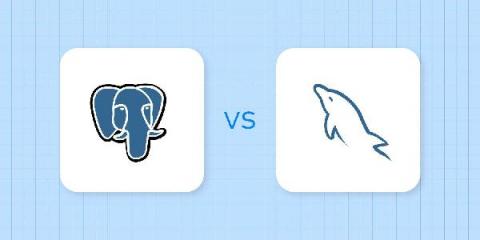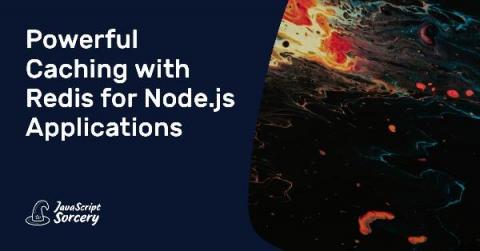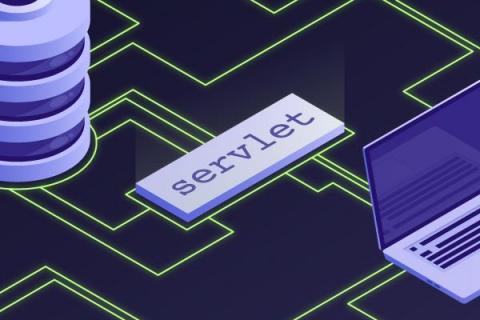Systems | Development | Analytics | API | Testing
Latest Blogs
PostgreSQL vs. MySQL: What You Need to Know
Here’s how to choose a relational database for your next project.
Powerful Caching with Redis for Node.js Applications
Regardless of the tech stack used, many developers have already used Redis or, at least, heard of it. Redis is specifically known for providing distributed caching mechanisms for cluster-based applications. While this is true, it’s not its only purpose. Redis is a powerful and versatile in-memory database. Powerful because it is incredibly super fast. Versatile because it can handle caching, database-like features, session management, real-time analytics, event streaming, etc.
Non-Breaking Breakpoints: The Evolution Of Debugging
Since the beginning of time, back to before humans invented fire, there were two traditional ways to debug applications: one way -after having invented hieroglyphics, of course - was by reading log lines and the other was by using the common debuggers that surrounded a cave dev’s cave. It’s safe to say that society has progressed since then and, luckily, so too has traditional debugging.
Building Custom Servlets for C++ Microservices in Docker
In a previous post, C++ Microservices in Docker, we worked through the steps for creating a docker container that exposes a HydraExpress servlet container. We successfully deployed our HydraExpress server instance in Docker, however all that was available were the default example servlets. User application code wasn’t exposed. Let’s fix that and look at deploying custom C++ Servlet instances within the HydraExpress Docker container.
Amazon RDS: The Best Relational Database Service?
Companies these days are handling more data than ever: an average of 163 terabytes (163,000 gigabytes), according to a survey by IDG. Efficiently storing, processing and analyzing this data is essential in order to glean valuable insights and make informed business decisions. Yet the question remains: What is the best way to store enterprise data? For many use cases, the most appealing choice is a relational database.
Multi-Cloud Data Analytics: What, Why, and How
What is multi-cloud data analytics and why are so many companies getting on board? Cloud computing itself is now a well-established best practice, but a multi-cloud strategy is nearly as common these days. While 94 percent of organizations are now using cloud computing, 84 percent are using a multi-cloud data strategy. Multi-cloud is an especially fruitful data strategy for companies pursuing data analytics.
Xplenty: The AWS Solution Architect's Secret Weapon
AWS Solution Architects are in red-hot demand, and the AWS Certification is the highest-paying certification in the United States. As such, you wear many hats as a Solution Architect for Amazon Web Services. You're a problem-solver, a creative genius, a multitasker, and a big-picture thinker. And you design AWS implementations better than anyone else you know. But there are some things about being an AWS Solution Architect that aren't so rosy. Amazon's ever-changing recommendations.
Introducing DreamFactory's MQTT Service
Considering Hybrid Cloud? Four Top Questions, Answered.
2021 is set to be the year of hybrid cloud. In fact, Forbes has even listed it as one of the top 10 digital transformation trends of the year, declaring it the “winning enterprise architecture.” A multiple cloud approach does provide greater choice and greater flexibility – two major benefits at a time when agility and adaptability have never been more important. But this approach comes with greater operational complexity.









